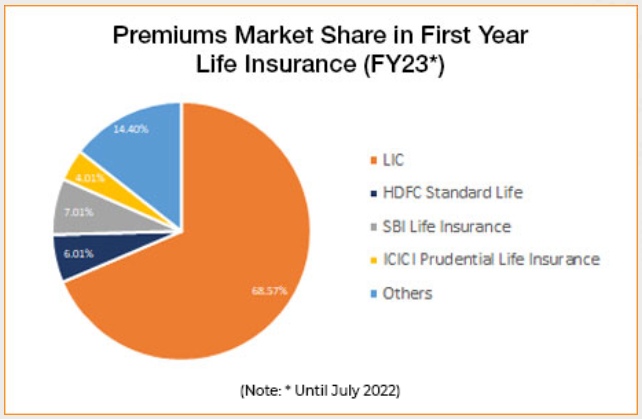
The Insurance Regulatory and Development Authority of India has implemented significant regulatory changes that allow insurance companies to launch individual and group ULIPs (unit-linked insurance plans) and combined plans without prior approval from the regulator. This means that life and non-life insurance companies can now offer bundled products, such as combining term insurance and health insurance covers in a single product.
Previously, insurance companies were required to obtain approval and inform the regulator of the details of any new plans before launching them. The combined plans, known as “combi plans,” involve combining life and health insurance plans. This new process is called the “use-and-file procedure.” Furthermore, the IRDAI has eliminated the requirement for the Segregated Fund Identification Number (SFIN) clearance process for ULIPs, thereby simplifying regulatory procedures.
These regulatory changes enable insurance companies to bring products to the market more quickly, eliminating lengthy waiting periods for approvals. Analysts view this as a commendable step towards improving insurance penetration in India and meeting evolving customer demands.

READ | Rural infrastructure push to boost agriculture production
Key Changes to the Use-and-File System
The IRDAI circular introduces several key modifications that expand the scope of the “use and file” procedure for life insurers and policyholders. Additional categories of life insurance products, including individual and group unit-linked life and health insurance products, are now included. This allows life insurers to use and file these products under the revised procedure.
A new section has been added to introduce the concept of combi products in para 10.10, following para 10.9 of Section B of Chapter I. Combi products are insurance products where a life insurer serves as the lead insurer. However, life insurers offering combi products must comply with the existing norms prescribed by the IRDAI.
The regulator has also made provisions for the addition of new unit-linked funds. A new para 14.8 has been included after para 14.7 of Section C of Chapter I. This allows the inclusion of new unit-linked funds in existing unit-linked products. Once new funds are added to existing or new unit-linked products, they are treated as existing funds for subsequent unit-linked products.
Implications for customers seeking insurance
The most notable implications of these changes are enhanced accessibility and a wider range of life insurance products. Customers now have more options and a streamlined experience. With unit-linked products offering the potential for investment growth alongside life insurance coverage, policyholders can now participate in financial markets and potentially earn higher returns. This expanded selection gives customers more choices to meet their specific insurance and investment needs.
Combi products also provide customers with comprehensive insurance coverage under a single policy, including life, health, and critical illness coverage. This simplifies the purchasing process, eliminating the need for separate policies for each coverage type.
The allowance for the addition of new unit-linked funds to existing products expands the investment choices for customers, who can now access a broader range of funds. This aligns better with the risk appetite and investment objectives of policyholders. The availability of diverse investment options enhances the flexibility and customization of unit-linked insurance plans (ULIPs). ULIPs are investment-cum-insurance plans that provide policyholders with long-term investment benefits and life coverage.
Under ULIPs, the premium paid by policyholders is divided into two parts. One part goes toward the life cover, while the remaining amount is invested in the policyholder’s chosen fund, which can be equity, debt, or a combination of both, based on their risk appetite and financial goals.
By simplifying regulatory requirements, the IRDAI aims to facilitate the development and introduction of innovative insurance offerings. The market can now expect a wider array of life insurance products that cater to customers’ unique needs, preferences, and financial goals. These changes reflect the maturation of the insurance industry and increased awareness about insurance products. The latest changes are also expected to improve the ease of doing business (EoDB) within the insurance industry.
The insurance regulator has rolled out significant regulatory changes that allow insurance companies to launch individual and group ULIPs and combined plans without prior approval. These changes expand the scope of the “use and file” procedure, introduce combi products, and allow for the addition of new unit-linked funds to existing products. The implications for customers include enhanced accessibility, a wider range of life insurance products, simplified buying processes, and increased investment choices. These changes demonstrate the maturation of the insurance industry and are expected to improve the ease of doing business while catering to the evolving needs of customers.
